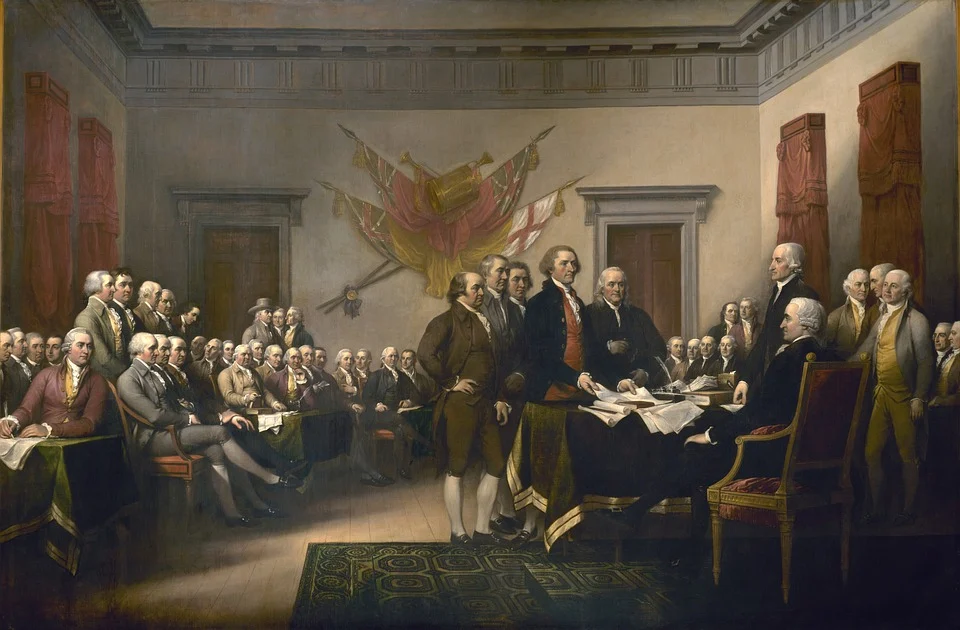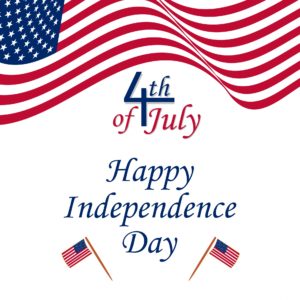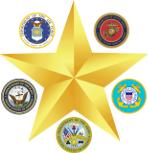
Independence Day, also known as the Fourth of July, is the most American of all holidays. It is celebrated with festivities ranging from fireworks, parades, to family gatherings and barbeques. The actual vote for our independence took place on July 2, 1776. Thomas Jefferson was the lead to draft the actual document. The Continental Congress voted to formally adopted this Declaration of Independence, on July 4th and thus this holiday date was established. Traditions on how our country celebrates this holiday have changed over time. Here are five facts about this holiday that will make you sound like a history buff during this year’s family celebration:
John Adams stood firm in his belief that July 2nd was the correct date to celebrate the birth of American independence. For the rest of his life, he would reportedly turn down invitations to appear at July 4th events in protest. An interesting coincidence related to this Founding Father is that both John Adams and Thomas Jefferson died on July 4, 1826 – the 50th anniversary of the adoption of the Declaration of Independence.
When a copy of the Declaration of Independence reached New York City (July 9, 1776) there were hundreds of British naval ships occupying the harbor and military tensions were running high. George Washington, Commander of the Continental forces in New York, read the document in front of City Hall where the raucous crowd cheered the inspiring words. Revolutionary spirit was running high and later that day a crowd tore down a statute of King George III. This statute was melted down into more than 42,000 musket balls for the fledgling American Army.
The tradition of setting off fireworks for this holiday began in Philadelphia on July 4, 1777, during the first organized celebration of Independence Day. Ship’s cannons fired a 13-gun salute in honor of the 13 colonies. That same night, the secret revolutionary organization founded by Samuel Adams, the Sons of Liberty, set off fireworks and shells over the Boston Common.
Throughout the Revolutionary War, colonists continued to celebrate Independence Day. In 1778, George Washington issued double rations of rum to all his soldiers to mark the anniversary of independence. In 1781, several months before the key American victory at the Battle of Yorktown, Massachusetts became the first state to make July 4th an official state holiday.
Independence Day celebrations became commonplace after the War of 1812 and spread across the young nation. In 1870, the U.S. Congress started designating federal holidays with the first four being New Year’s Day, Independence Day, Thanksgiving and Christmas. It wasn’t until 1941, that the provision was expanded to grant a paid holiday to all federal employees.
To learn more about the Declaration of Independence; visit the National Archives webpage.

